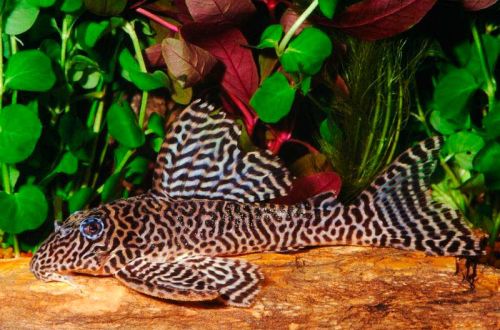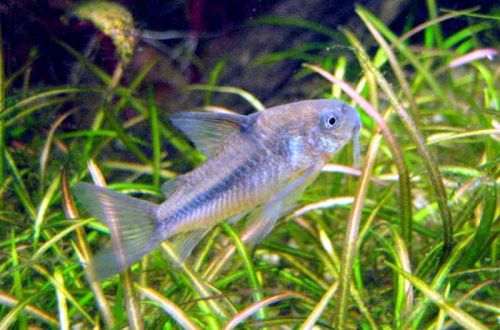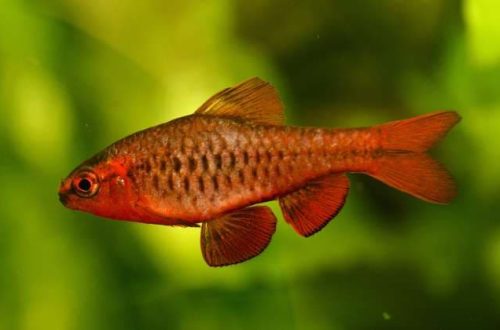
Royal tiger plecostomus
Royal tiger plecostomus, scientific name Hypancistrus sp. L066, belongs to the family Loricariidae (Mail catfish). The fish is native to South America. It is found mainly in two basins of large tributaries of the Amazon – the Xingu and Tapajos rivers in the Brazilian state of Para.

Description
Adults reach a length of about 12 cm. The fish has a flattened body with a large head. The eyes are located on the top of the head, and the mouth on the underside of the head. The fins are large with thickened first rays, which have turned into sharp spikes. An additional protection against predators is the hard integuments of the body, dotted with small spines.
In young fish, the color is light with many dark lines. As they grow older, the lines thicken and can completely cover the light shades, thereby coloring the fish in a dark color.
Behavior and Compatibility
Territorial view. With a lack of space, it will compete with relatives and other bottom species for a plot at the bottom of the aquarium. Good compatibility is achieved with fish living in the water column or near the surface.
Brief information:
- The volume of the aquarium – from 70 liters.
- Temperature – 25-29°C
- Value pH — 5.8–7.0
- Water hardness – 1–12 dGH
- Substrate type – any
- Lighting – subdued, moderate
- Brackish water – no
- Water movement – light or moderate
- The size of the fish is about 12 cm.
- Nutrition – any food rich in protein
- Temperament – conditionally peaceful, territorial
- Keeping alone or in a group in a spacious aquarium
Maintenance and care, arrangement of the aquarium
The size of the aquarium depends on the number of Royal Tiger Plecostomuses. For one fish, a tank of 60-70 liters will be enough, for 3-4 fish a volume of 200 liters will be required. In this case, the bottom area is more important than the height of the aquarium.
When keeping several Plecostomus and / or other catfish, the design should provide for places for shelters according to the number of bottom fish, which will be located at some distance from each other. As a shelter, both natural decoration elements (snags, stones) and artificial analogues and decorative objects can serve. Some breeders make do with regular pieces of PVC tubing of a suitable diameter.
Aquatic plants are optional, but welcome to give the decor more naturalness. This species does not pose a threat to delicate plants.
The fish needs warm water rich in oxygen. Water parameters should be in the slightly acidic pH range and not high hardness.
The aquarium may need to be equipped with an additional aeration system, since the oxygen dissolving capacity is much lower in warm water than in cool water.
Food
The basis of the diet should be foods high in protein, for example, dry food for carnivorous species, bloodworms, pieces of shrimp meat, mussels.





